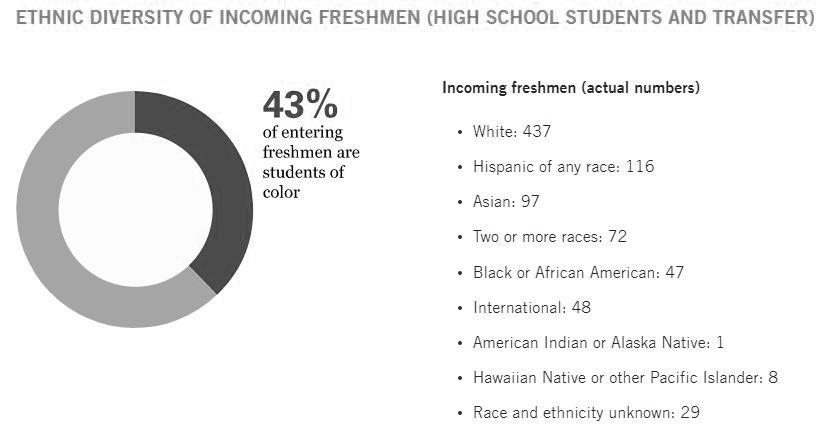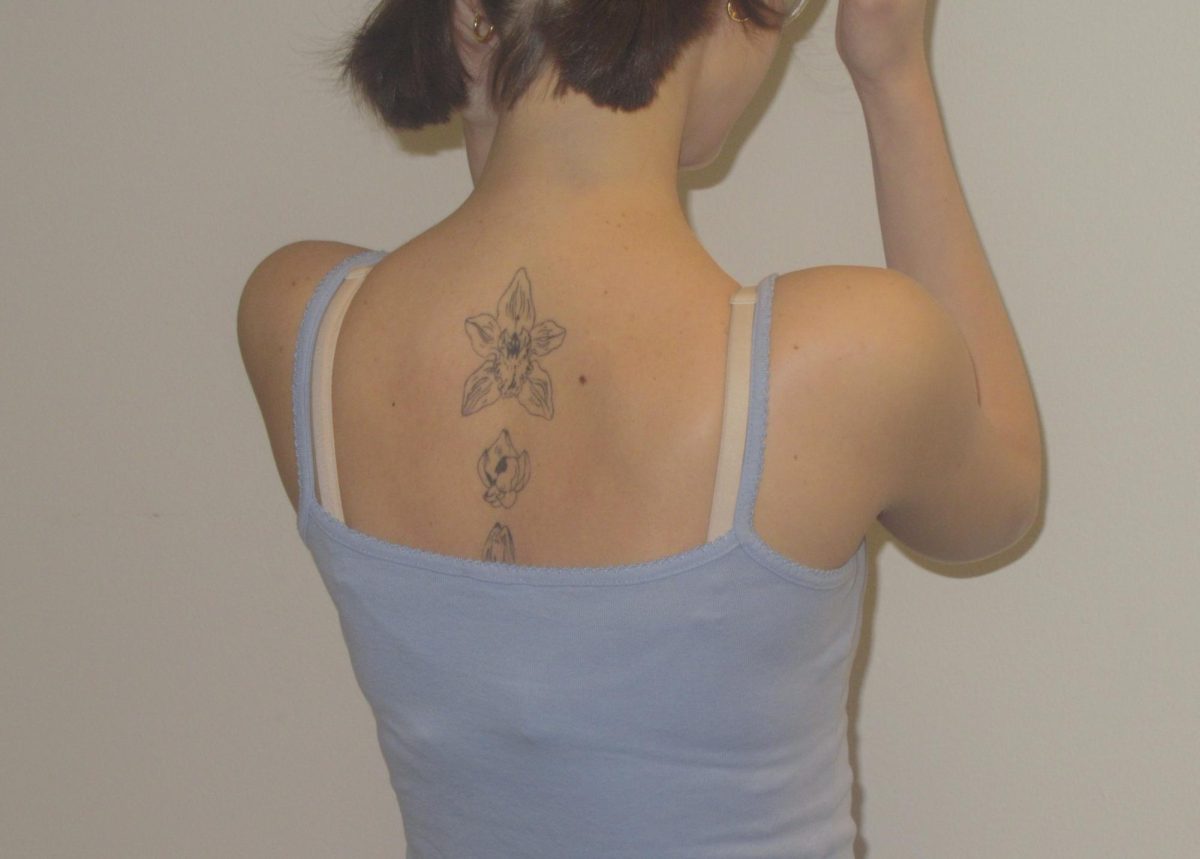Questioning what it means to be white at SPU
What does it mean to be white at SPU?
This was a question that I discovered did not have many answers beyond, “Uhhh” or “Ummm” and “I dunno.”
My favorite answer to the question came from Ben McKelvey, a senior history major and a friend of mine: “North Face and stickers on water bottles.”
Is the meaning of whiteness limited to not being racist? Or is there more of a responsibility associated with the identity of being white at a university committed to reconciliation?
I had at first wanted to know what being white meant in America, but I realized that this was way too broad of a question for any culture; African-American or Latinx culture varies based on region and generation, so in the same way it is not fair to ask any one person to explain a national whiteness.
Before I continue, let me clarify a couple of key points.
First, I will be defining whiteness as a majority European-American culture, though I recognize that the ethnic identity of being white can carry diverse cultural implications.
Second, I am half white. I understand the nuances behind this culture because it is a part of my identity. Despite that, I still could not find definitive answers to my question.
I believed that there is no such thing as white culture at SPU, that being white at our school means nothing more than deciding whether to wear Birkenstocks or Brooks.
For the most part, my suspicions seemed to be confirmed through the way I saw others behave.
SPU’s Intercultural Retreat at Camp Casey in 2016 was another example of my theory. When asked, many of my white floormates sheepishly refused to go with me. Their explanations included pointing out that, afterall, it was an intercultural retreat, which they interpreted to mean as non-whites only.
At the retreat itself, when one of the few white students present was asked to share a story exemplifying their culture, he shared a story about him and his brothers moving in a big flat screen T.V. to watch a football game with their dad.
At this point I concluded that SPU white culture carried little to no meaning or value. The thing that resembles it most seems to be middle class culture and that is not something specific to white people.
I found this disappointing.
As a Christian university, SPU claims to seek reconciliation and to be “Engaging the Culture and Changing the World.” As a mission-driven university SPU has the potential to rebrand whiteness as using privilege to help the marginalized.
Whiteness is so under-explored that is has a rare opportunity for definition.
There exists an opportunity for white students to explore what it means to be white in this context of privilege, rather than solely studying what it means to be part of the marginalized and responding with passive guilt.Yet still, as far as I could find, whiteness remained undefined at SPU.
Then Donald Trump became president.
I believe that it was from that point on that the face of SPU white culture emerged to me.
After the election, it felt as though everyone wanted to disassociate themselves with Trump to convince other white people and people of color that they are not like him and his supporters.
It was as if, without explicitly saying so, every white person seemed to be assuring each other of one thing: I am not racist. There were those that told me that they didn’t think that I, as a Latino, was a rapist or a drug dealer and that they were sure that I was a nice person.
SPU proudly advertises the relative ethnic diversity of the incoming freshman class.
According to the school website, 43 percent of entering freshman are students of color.
This is illustrated with a circle graph that shows the “color” section in a vibrant SPU maroon while the white section is filled with a mothy gray.
Under this announcement is a bar graph illustrating how SPU has emerged from an undergraduate student body with only 11.3 percent “ethnic diversity” in 2003 to our 2017 rate of over 40 percent.
SPU wants to advertise a diverse student body, to give the impression that they are not just white and that they are not racist.
The problem that I have with this is that I believe that the white privilege some students inherently have is a responsibility.
That white privilege should be used to advocate for social justice rather than be used as a cop out in explaining that they are not the problem. If white students can point to a person of color in their life then they are safe.
This could, though unlikely, be true. But, there is a problem with stopping at this point, because it does little to battle institutional racism.
It is time that SPU considers what it means to be white. Usually, white people have the privilege to not have to examine what racial identity means to them while other ethnicities struggle with defining their color.
Whiteness should mean something more than not being racist.Fran Lebowitz, American author and scathing social critic, summarizes the white approach to race relations in her 1997 Vanity Fair article on Race and Racism
“The customary way for white people to think about the topic of race — and it is only a topic to white people — is to ask, ‘How would it be if I were black?’ … The way to approach it, I think, is … to seriously consider what it is like to be white.”
















































































Ben Mckelvey • Oct 17, 2018 at 8:02 pm
Solid. Whiteness should indeed be used to help the marginalized. But make sure to check us if we’re doing it in a condescending way, because that is one of those aspects of whiteness that white people forget they exhibit.